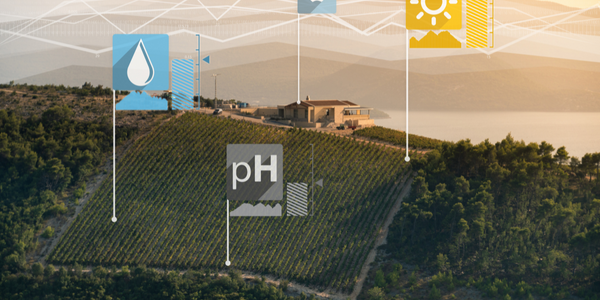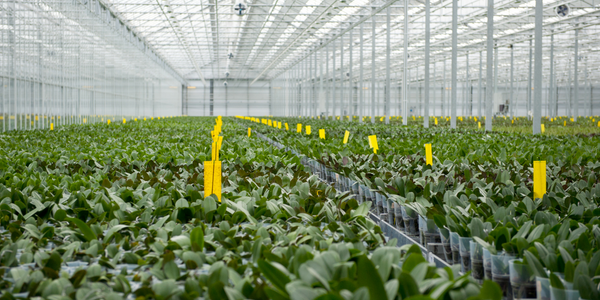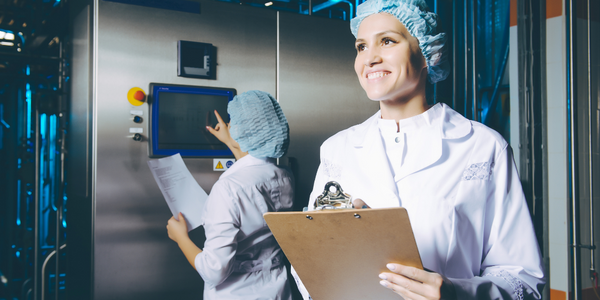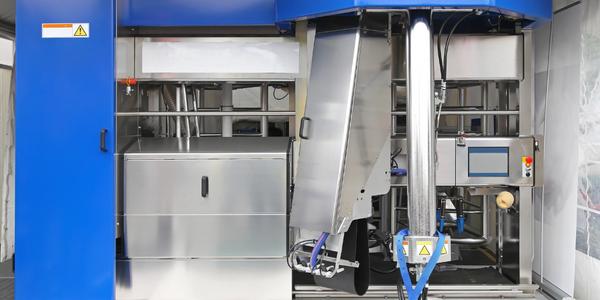Technology Category
- Application Infrastructure & Middleware - Data Visualization
- Sensors - Environmental Sensors
Applicable Industries
- Agriculture
- Buildings
Applicable Functions
- Facility Management
Use Cases
- Farm Monitoring & Precision Farming
- Smart Irrigation
About The Customer
Urban Cool Farm is a small-scale, family-run indoor farm that specializes in the production of microgreens and fresh herbs. The farm is located over two hours away from the owners' residence, making daily operations and maintenance a significant challenge. Despite having a good knowledge of plant cultivation, the lack of automation in their facility meant that the owners had to manually set timers and other climate control devices every day. This not only consumed a significant amount of their time but also increased the cost of maintaining the farm due to the labor and travel expenses involved.
The Challenge
Urban Cool Farm, a small-scale family-run indoor farm, was facing significant challenges in maintaining the daily operations of their facility. The farm, which specializes in the production of microgreens and fresh herbs, is located over two hours away from the owners' residence. Despite having timers and other controller devices for irrigation, lighting, and climate control, the farm lacked automation. The owners had to travel to the facility daily to set the timers and other climate control devices, and check for any malfunctions or irregularities. This not only consumed a significant amount of time but also increased the cost of maintaining the indoor farm due to the labor and travel expenses involved.
The Solution
Farmio, a solution that integrates existing sensors and control devices at farms using affordable and widely available communication equipment, was introduced to Urban Cool Farm. This enabled remote connectivity, providing the owners with complete and accurate visibility and control over all environmental factors in their growth areas. With real-time monitoring and automated control, custom rule sets, instant notifications, and data visualization, Farmio transformed the way Urban Cool Farm was managed. The automation system scheduled timers, and based on regular pH and EC measurement results, nutrients and acid-base regulators were automatically added to the irrigation tank when necessary. If the environmental conditions fell outside the desired value range, Farmio sent notifications to the owners, allowing them to adjust the settings remotely.
Operational Impact
Quantitative Benefit

Case Study missing?
Start adding your own!
Register with your work email and create a new case study profile for your business.
Related Case Studies.

Case Study
Intelligent Farming with ThingWorx Analytics
Z Farms was facing three challenges: costly irrigation systems with water as a limited resource, narrow optimal ranges of soil moisture for growth with difficult maintenance and farm operators could not simply turn on irrigation systems like a faucet.

Case Study
Energy Saving & Power Monitoring System
Recently a university in Taiwan was experiencing dramatic power usage increases due to its growing number of campus buildings and students. Aiming to analyze their power consumption and increase their power efficiency across 52 buildings, the university wanted to build a power management system utilizing web-based hardware and software. With these goals in mind, they contacted Advantech to help them develop their system and provide them with the means to save energy in the years to come.

Case Study
Greenhouse Intelligent Monitoring and Control Solution
Farming Orchids is the most successful form of precision farming in Taiwan, and also the most exported flower. Orchids need a specific temperature and humidity conditions to grow and bloom, and its flowering time may not be in line with market demands, so the price collapses when there is overproduction. Therefore, some farmers began to import automated greenhouse control systems for breeding and forcing, which not only improves quality, but also effectively controls the production period and yield to ensure revenue. In 2012, an orchid farmer built a Forcing Greenhouse of about 200 pings (approximately 661 Square Meters) in Tainan, Taiwan. The system integrator adopted Advantech’s APAX-5000 series programmable automation controllers to build the control platform, coupled with Advantech WebAccess HMI/SCADA software, to achieve cloud monitoring. The staff of the orchid field can monitor important data anytime via smart phone, iPad, and other handheld devices, and control the growth and flowering conditions. System requirements: In the past, most environmental control systems of orchid greenhouses in Taiwan used PLCs (Programmable Logic Controller) with poorscalability and control, and could not be connected to the Internet formonitoring from the cloud. For advanced database analysis and networking capability, the PC platform must be adopted. Therefore, PAC Systems (Programmable Automation Controller) with both PLC programming capabilities andPC functions is a better choice.The environmental control of the Orchid greenhouse switches on and off devices like fan, shade net, cooling/heat pump, liquid flow control, water-cooling wall etc. It is controlled by a control panel of electric controllers, and is driven by a motor, to adjust the greenhouse temperature, humidity, and other environmental conditions to the set parameters.

Case Study
Intelligent Building Automation System and Energy Saving Solution
One of the most difficult problems facing the world is conserving energy in buildings. However, it is not easy to have a cost-effective solution to reduce energy usage in a building. One solution for saving energy is to implement an intelligent building automation system (BAS) which can be controlled according to its schedule. In Indonesia a large university with a five floor building and 22 classrooms wanted to save the amount of energy being used.









